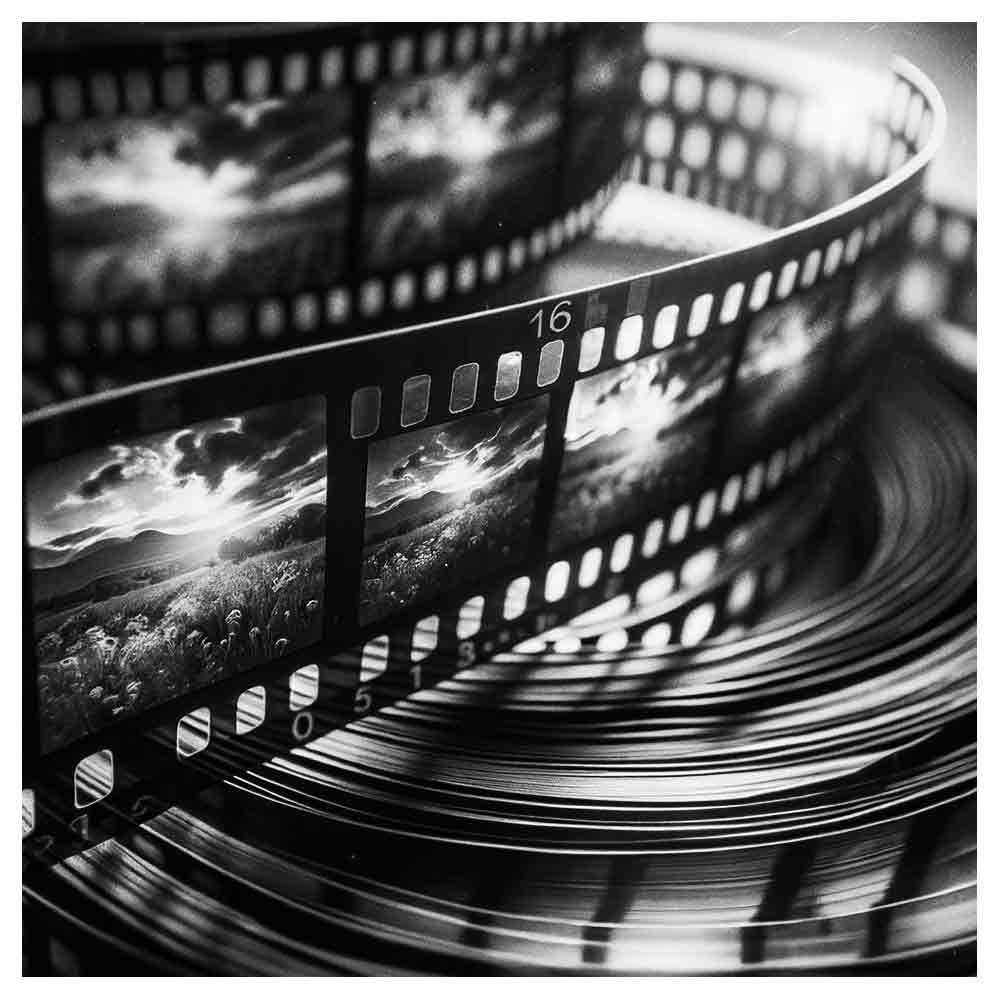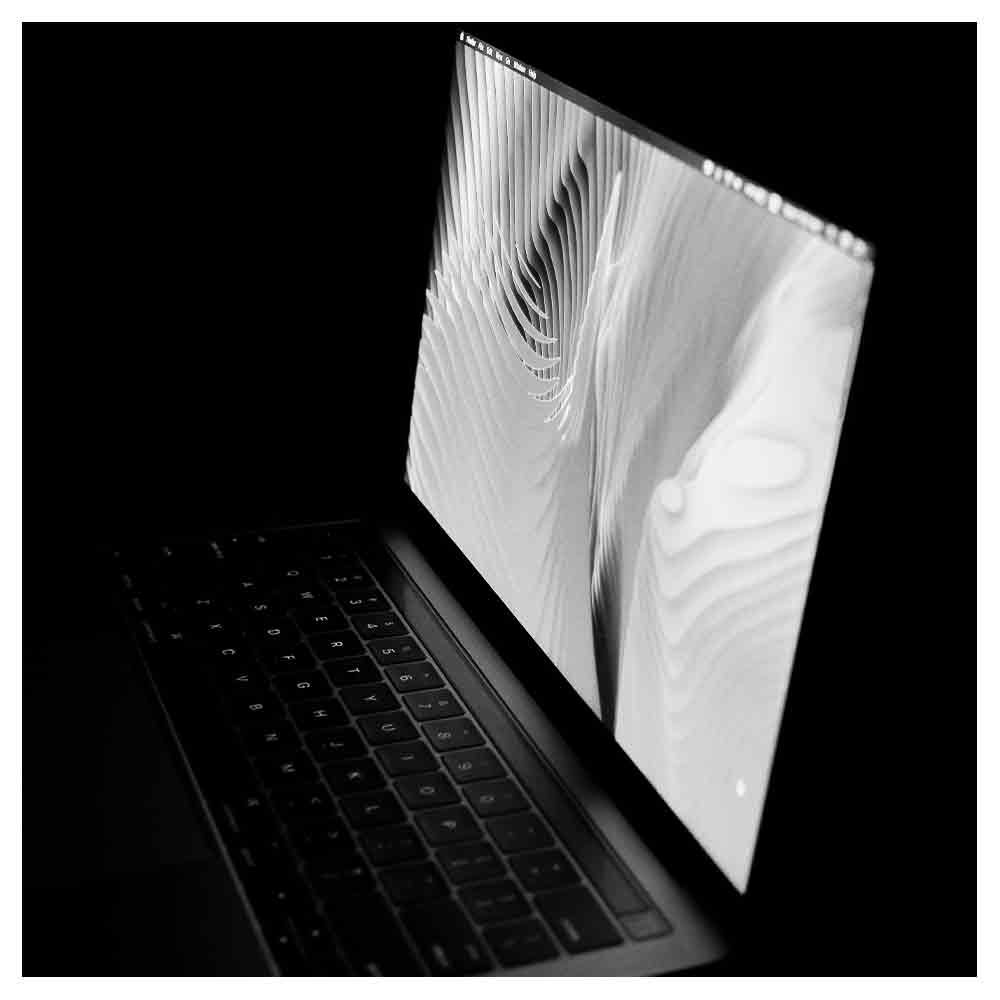What is Cinematography? Painting with Light and Shadow
Welcome to the world of cinematography, where each frame is a canvas and every light a stroke of genius. This art form is the backbone of visual storytelling in cinema, transforming scripts into visually compelling narratives.
Let's dive deeper into this fascinating world.
Understanding Cinematography
What is Cinematography? Cinematography is not merely about capturing images on film or a digital sensor; it's a creative and technical process that involves choosing the right camera, lens, lighting, and composition to convey a story.
It's about making decisions that affect a scene's mood, tone, and emotional impact. The cinematographer, often known as the Director of Photography (DoP), is the artist and technician who orchestrates this visual symphony.
The People Behind the Camera
Roles in Cinematography
Camera Operator: This role is crucial in bringing the DoP's vision to life. The camera operator physically controls and maneuvers the camera, executing complex movements to capture the essence of a scene. They work closely with the DoP to understand the film's visual style.
Director of Photography (DoP): The DoP is the visionary who decides how the movie should look. They work closely with the director to interpret the script visually and make key decisions about lighting, composition, and camera movement.
Camera Crew: This team includes assistant camera operators, focus pullers, gaffers, and other technicians. They are responsible for setting up and maintaining equipment, adjusting lighting, and ensuring that each shot is perfectly executed.
The Language of the Lens
Key Aspects of Cinematography
Camera Angles and Shots: The angle and type of shot can dramatically alter how the audience perceives a scene. A high-angle shot can make characters appear vulnerable, while a low-angle shot can make them seem powerful.
Camera Movements: Movement adds dynamism to shots. A tracking shot can follow a character, while a crane shot can reveal the scale of a setting.
Lighting: Lighting is critical in setting the mood. The key light is the main light source; filled light balances shadows and backlighting can create depth and separation.
Composition: This involves arranging visual elements in a frame. It's about balancing the scene, directing the viewer's attention, and enhancing the storytelling.
Crafting the Scene
Cinematographic Techniques
Depth of Field: This technique focuses on a particular subject while blurring the background or foreground. It's an effective way to draw the viewer's attention to a specific frame part.
Dutch Angle Shot: A sense of unease or disorientation is introduced by tilting the camera, often used in thriller or suspense scenes.
Dolly Zoom Shot: This disorienting effect is achieved by zooming in or out while moving the camera in the opposite direction. It's often used to convey a character's psychological state.
Cinematography in Action
From Script to Screen
Establishing Shot: Typically, a wide or extremely wide shot introduces the audience to the setting, giving them a sense of place and time.
Point of View Shot: These shots show what a character sees, offering a glimpse into their perspective and emotions.
Over the Shoulder Shot: Common in dialogue scenes, this setup involves shooting over the shoulder of one character, focusing on another, creating a sense of intimacy and engagement.
The Cinematographer's Toolbox
Tools of the Trade
Film Cameras and DSLR Cameras: The choice between film and digital impacts the texture and feel of the movie. Film offers a traditional, organic quality, while digital provides versatility and ease of use.
Film Stock and Digital Sensors: The choice of film stock or type of digital sensor affects the image's color, contrast, and grain.
Camera Lenses: The choice of lens—from wide-angle to telephoto—determines the field of view and the spatial relationships in a shot.
Post-Production Magic
In post-production, the raw footage is transformed. This stage involves editing, where scenes are cut and assembled to create a coherent narrative flow.
Color grading then sets the overall tone and mood of the film, and visual effects may be added to enhance or create elements within the frame.
Cinematography in Different Genres
Adapting to the Story
Narrative Film: Here, cinematography serves the story. Each choice, from lighting to lens, advances the narrative and develops characters.
Feature Film: Large-scale productions that often allow cinematographers to push the boundaries of visual storytelling.
Film Noir: Known for its stark lighting and shadowy contrasts, film noir's visual style is integral to its storytelling.
Learning the Craft
Education and Experience
Film school provides a structured environment to learn the technical aspects of cinematography and the art of visual storytelling. It's also a place to network and collaborate with future filmmakers.
Hands-on experience is crucial. Working on film sets, even in smaller roles, provides invaluable real-world experience in understanding the practical aspects of filmmaking.
Concluding Thoughts
The Essence of Cinematography Cinematography is a powerful tool in the filmmaker's arsenal. It's not just about capturing images; it's about capturing emotions, creating atmospheres, and telling stories.
The best cinematography is the kind that you feel as much as you see, where every shot contributes to a larger visual narrative. It's an art form where technology and creativity meet, bringing the magic of cinema to life.
Frequently Asked Questions about Cinematography (FAQs)
What Is Cinematography?
Cinematography is the art and science of capturing visual stories on film or digitally. It's a symphony of visual elements, camera movements, and lighting techniques that brings a director's vision of a motion picture to life.
Who Is a Camera Operator?
A camera operator is the maestro behind the camera, executing camera moves and camera angles to create the visual narrative. They work with the camera crew to achieve the desired visual style.
How Important Is Camera Movement?
Camera movement, from a tracking shot to a dolly shot, adds dynamism to a scene. Techniques like the crane shot or dolly zoom shot can dramatically alter the viewer's perspective and enhance the storytelling.
What Are Common Camera Movements?
Common camera movements include:
Panning: Horizontal movement
Tilting: Vertical movement
Tracking Shot: Following a subject
Crane Shot: Shooting from high above
Dolly Shot: Moving the camera along a track
Zoom Shot: Changing the focal length
What Are the Key Shots and Angles Used in Cinematography?
Medium Shot: Captures the subject from the waist up, often used for dialogue.
Long Shot: Shows the subject in its entirety, often used for establishing a location.
Extreme Long Shot: Offers a broader view, setting the scene.
Close-Up Shot: Focuses closely on a subject or a character's face.
Point of View Shot: Shows the perspective of a character.
Over the Shoulder Shot: Captures a conversation from over a character's shoulder.
High Angle Shot: Looks down on the subject, often to convey vulnerability.
Low Angle Shot: Looks up at the subject, often to convey power.
What Does Post-Production Involve in Cinematography?
Post-production in cinematography involves editing the raw footage, adjusting camera settings and film stock coloration, adding visual effects, and refining the overall visual narrative.
How Do Lighting Techniques Influence a Scene?
Lighting is crucial in cinematography:
Low Key Lighting: Creates contrast and shadows, often used in film noir.
High Key Lighting: Produces a bright, shadowless environment, common in comedies and light-hearted films.
Key Light, Fill Light, and Back Light work together to shape the subject's appearance.
What Is the Role of a Director of Photography (DoP)?
The Director of Photography, or DoP, oversees the visual aspect of a film production, deciding on the cinematography techniques, camera lenses, camera setup, and lighting to fulfill the creative vision.
How Does Cinematography Differ in Narrative Films and Feature Films?
In narrative films, cinematography tells a story, focusing on the scene and shot composition. Feature films may use more elaborate techniques like extreme close-up shots or complex camera setups to convey scale and emotion.
What Are Some Common Cinematography Techniques?
Depth of Field: Controls the focus range.
Bird's Eye Shot: Offers a top-down view.
Dutch Angle Shot: Tilts the camera to create a sense of unease.
Zoom Shot: Changes the focal length to move closer to or away from the subject.
How Has Technology Like DSLR Cameras Influenced Cinematography?
DSLR cameras have revolutionized the film industry, making high-quality cinematography more accessible. They offer versatile shooting techniques and settings that were once exclusive to high-end film cameras.






























